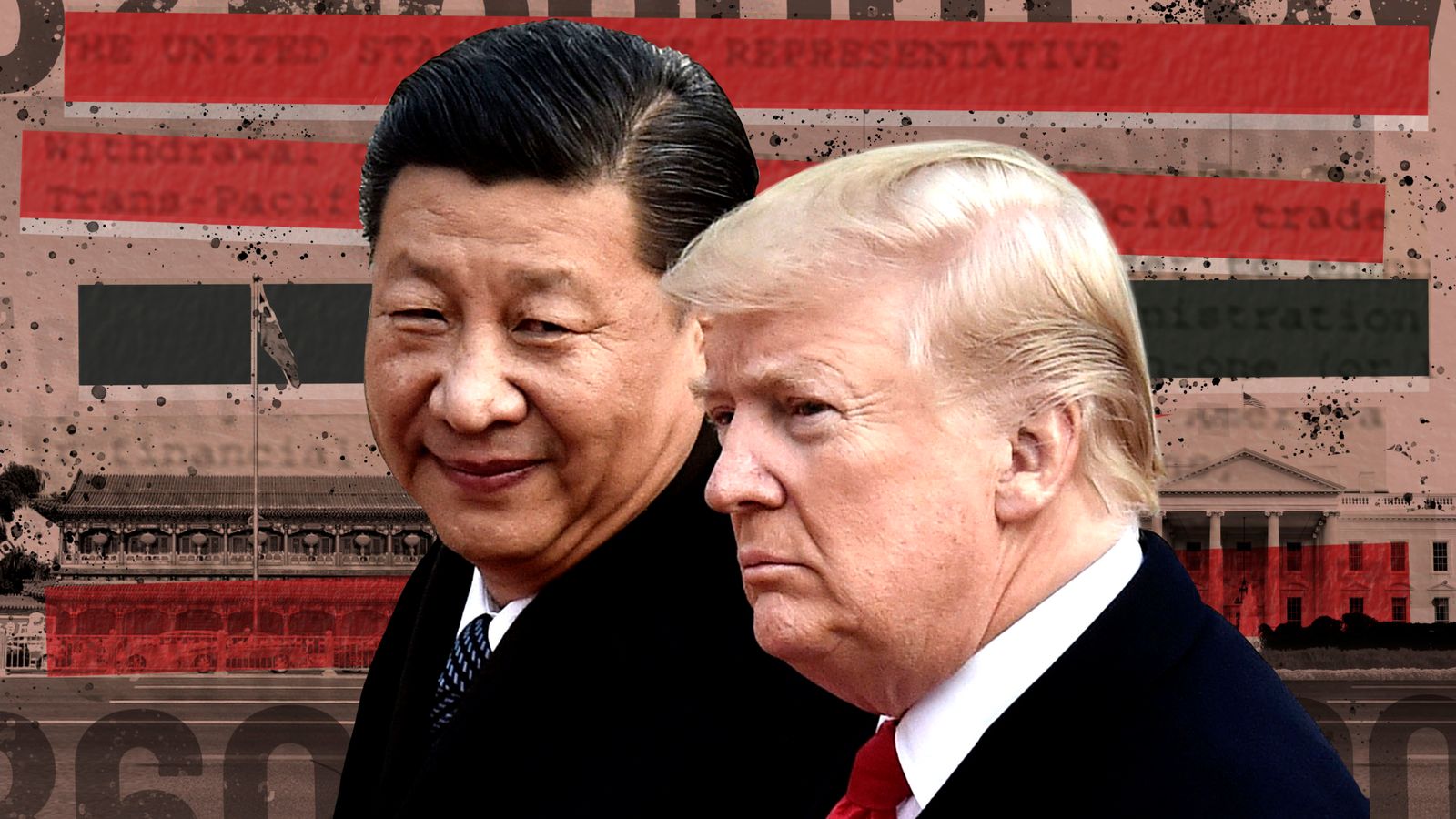Trump’s Latest Trade Clash with China Highlights Risks for Copper Market Amid AI-Driven Demand Surge
Trump’s Latest Trade Clash with China Highlights Risks for Copper Market Amid AI-Driven Demand Surge
By
Leah Rosenfeld
Last updated:
October 17, 2025
First Published:
November 30, 2025

Photo: CNN
The global copper market is facing renewed scrutiny as recent trade tensions between the U.S. and China, sparked by former President Donald Trump’s latest remarks, cast a spotlight on supply chain vulnerabilities. Experts warn that with demand for copper expected to surge over the next decade, securing diverse and reliable sources of the metal is now more critical than ever.
Copper, a key component in electric vehicles, renewable energy infrastructure, and AI-driven technologies, is set to benefit from the ongoing AI boom. Additionally, Europe’s increasing defense spending is driving industrial demand for high-quality copper, which is essential for electronics, communications systems, and military hardware.
Supply Chain Fragility Under Pressure
London Metal Exchange CEO Matt Chamberlain emphasized that supply chain fragility has been magnified by recent trade disputes. “Every nation is evaluating supply dynamics, from delivery logistics to reinvestment in smelting capacity,” he said. Chamberlain noted that reliance on a narrow set of suppliers leaves the market vulnerable to geopolitical shocks, particularly when tensions between the U.S. and China disrupt exports.
Copper supply is geographically concentrated, with Chile, Peru, and China dominating global production. Any disruption — whether from trade restrictions, labor disputes, or regulatory changes — could significantly impact prices. Analysts estimate that global copper demand could rise by more than 40% by 2035, driven largely by green technologies and AI applications.
The Role of AI and Defense Spending
The AI sector alone is expected to consume substantial amounts of copper as data centers, servers, and high-performance computing systems require advanced electrical infrastructure. European defense initiatives, meanwhile, are adding another layer of demand. The European Union has pledged to increase defense budgets by an estimated €200 billion over the next five years, much of which will flow into electronics and communications systems that rely heavily on copper.
These trends underscore the importance of supply chain diversification. Companies are exploring alternative sources, investing in domestic mining operations, and expanding recycling efforts to reduce reliance on a small group of countries.
Strategic Takeaways
Industry leaders argue that this combination of trade uncertainty and rising demand offers critical lessons for businesses and investors alike:
- Diversify sourcing: Relying on a single supplier or region increases exposure to political and logistical disruptions.
- Invest in capacity: Reinvestment in smelting and processing facilities is essential to meet long-term demand.
- Monitor geopolitical risks: Trade disputes, sanctions, and tariffs can quickly ripple through global copper markets, affecting prices and availability.
Chamberlain stressed that copper markets are no longer just a commodity story — they are a barometer for broader industrial resilience in a world increasingly defined by AI, clean energy, and strategic defense needs.
As the AI boom accelerates and nations expand defense budgets, the copper market could face unprecedented pressure, making careful planning and risk management essential for manufacturers, investors, and policymakers alike.
Popular articles
Subscribe to unlock premium content
Gourmet Gold: Micro-Venture Funds and Europe’s Artisan Food Revolution

Artificial Elegance in Fashion

Ferrari’s Craft of Desire

Gourmet Gold: Micro-Venture Funds and Europe’s Artisan Food Revolution

Artificial Elegance in Fashion

Gourmet Gold: Micro-Venture Funds and Europe’s Artisan Food Revolution









